Technically speaking, Google Photos Assistant did a pretty good job.
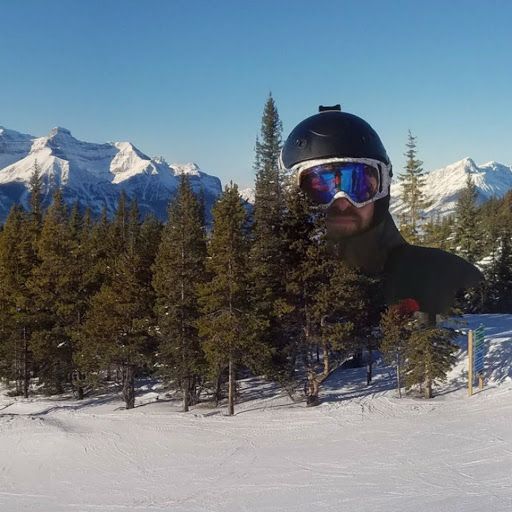

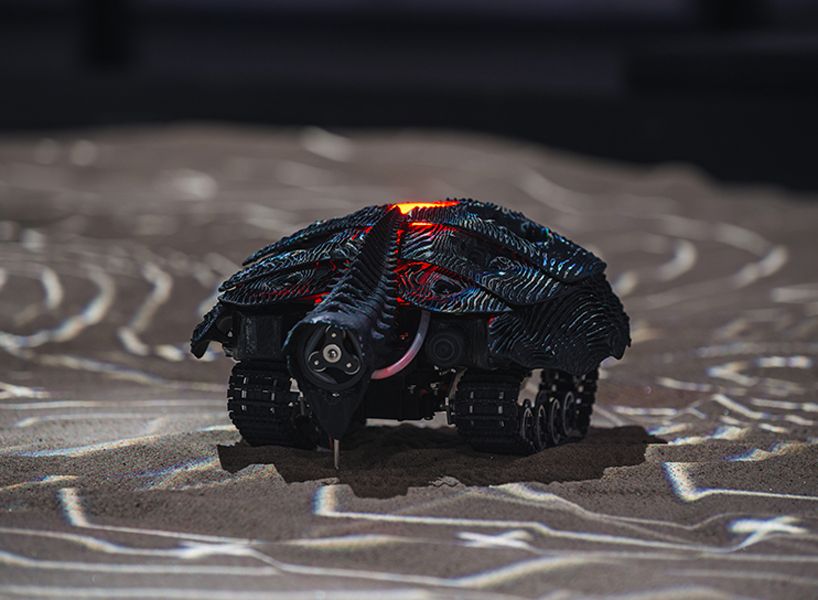
for the 2017 tallinn architecture biennale, noumena has presented its installation based on the future of robots and its adaptability with the environment. deep learning has paved the way for machines to expand beyond narrow capabilities to soon achieving human-level performance on intellectual tasks. however, as artificial intelligence — A.I. — establishes its place within humans, society will need to develop a framework for both to thrive. a new form of artificial life will emerge, finding space at the peripheries of humanity in order to not compete for human-dominated resources. A.I. will attempt to improve its operating surroundings to not just survive but be self-sustaining, forming the basis of a civilization constrained at the intersection of nature and technology.
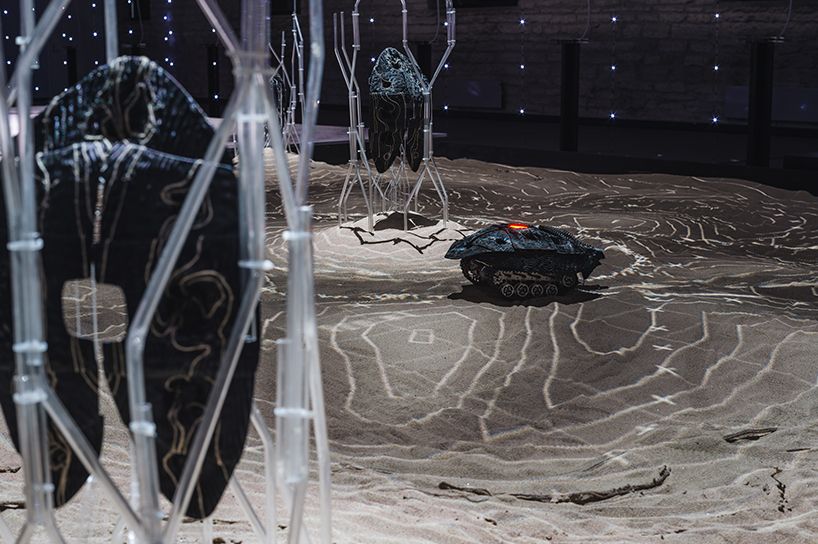
image © tõnu tunnel.
barcelonian based practice noumena has developed a framework to build this narrative based on the cross disciplinary intersection of computational design, mechanical and electronic design, rapid prototyping interaction and mapping. nowadays, computing tools as well as rapid prototyping machines allow to have a quick practical feedback on design solutions and to iterate experimenting different possibility at the same time giving the chance to choose and custom a functional part.
Now you can have items delivered to you wherever you are.
Cyberdyne, the Japanese robotics company with the slightly suspicious name, has just gotten approval from the U.S. Food and Drug Administration (FDA) to begin offering its HAL (Hybrid Assistive Limb) lower-body exoskeleton to users in the United States through licensed medical facilities. HAL is essentially a walking robot that you strap to your own legs; sensors attached to your leg muscles detect bioelectric signals sent from your brain to your muscles telling them to move, and then the exoskeleton powers up and assists, enhancing your strength and stability.
Users in the United States can now take advantage of this friendly exoskeleton to help them with physical rehabilitation.
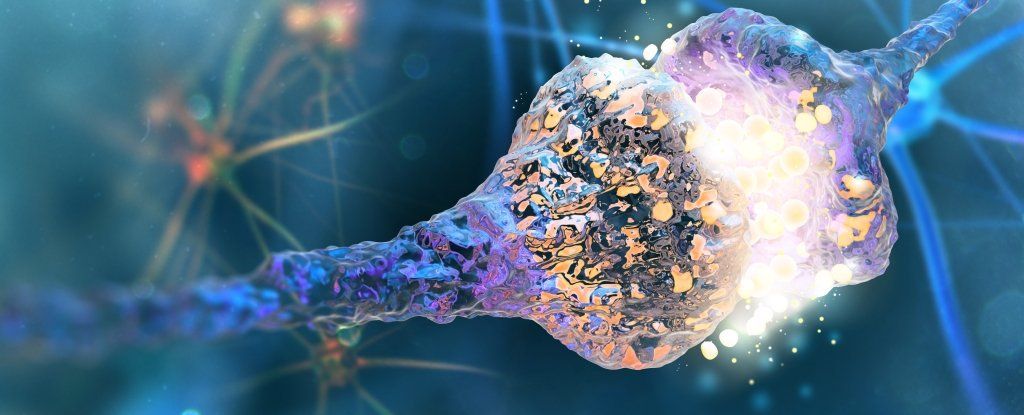
For those working in the field of advanced artificial intelligence, getting a computer to simulate brain activity is a gargantuan task, but it may be easier to manage if the hardware is designed more like brain hardware to start with.
This emerging field is called neuromorphic computing. And now engineers at MIT may have overcome a significant hurdle — the design of a chip with artificial synapses.
For now, human brains are much more powerful than any computer — they contain around 80 billion neurons, and over 100 trillion synapses connecting them and controlling the passage of signals.
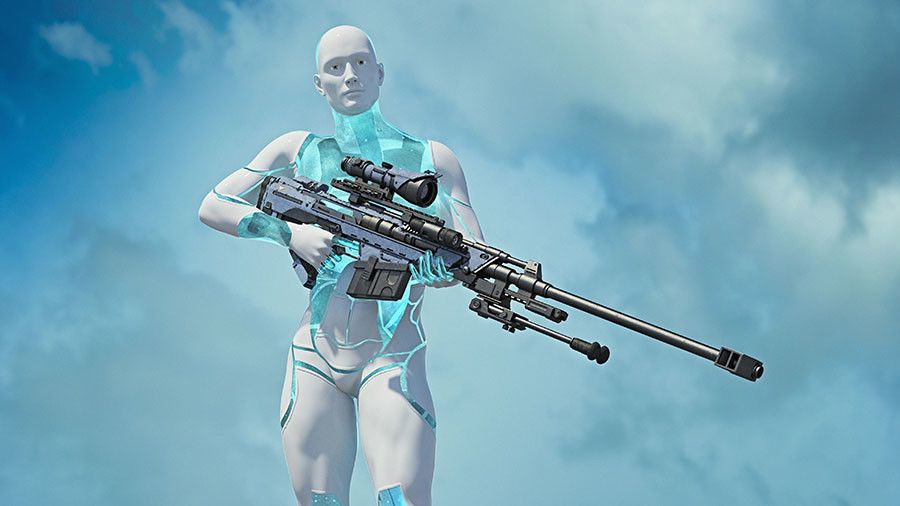
India and Japan have vowed to strengthen their strategic ties by increasing cooperation in the defense, robotics and AI sectors in coming years in response to Chinese regional ambitions and North Korea’s nuclear plans.
“You should expect to see increased bilateral cooperation between us to develop unmanned ground vehicles (UGV) and robotics,”Japanese State Minister for Foreign Affairs Kentaro Sonoura told the Times of India. The move follows the successful ratification of the Indo-Japanese civil nuclear agreement by Japan’s parliament in late 2017.
The two countries are launching a working group on cooperation between nuclear companies. “Japan’s intention is to start this quickly, possibly by the end of this month,” Sonoura said.

Humans today live a lot longer than they used to. That’s great news, but as modern medical advances are giving patients second chances at living normal lives, end-of-life care continues to be a difficult thing to plan. Forecasting when someone will die is an extremely challenging and often uncomfortable thing, but Stanford researchers have trained an AI to be able to predict death with incredible accuracy, and it could revolutionize end-of-life care for patients who are reaching their ends. The goal is to better match patient (and family) wishes with an accurate timeline of an individuals f…
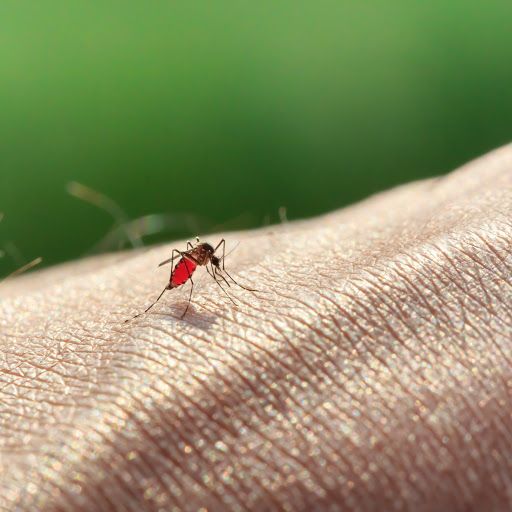
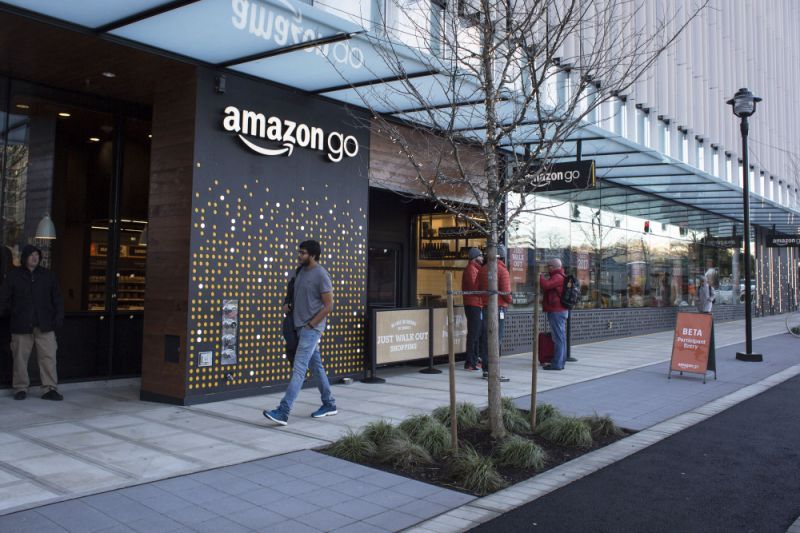
By Jeffrey Dastin
SEATTLE (Reuters) — Amazon.com Inc will open its checkout-free grocery store to the public on Monday after more than a year of testing, the company said, moving forward on an experiment that could dramatically alter brick-and-mortar retail.
The Seattle store, known as Amazon Go, relies on cameras and sensors to track what shoppers remove from the shelves, and what they put back. Cash registers and checkout lines become superfluous — customers are billed after leaving the store using credit cards on file.
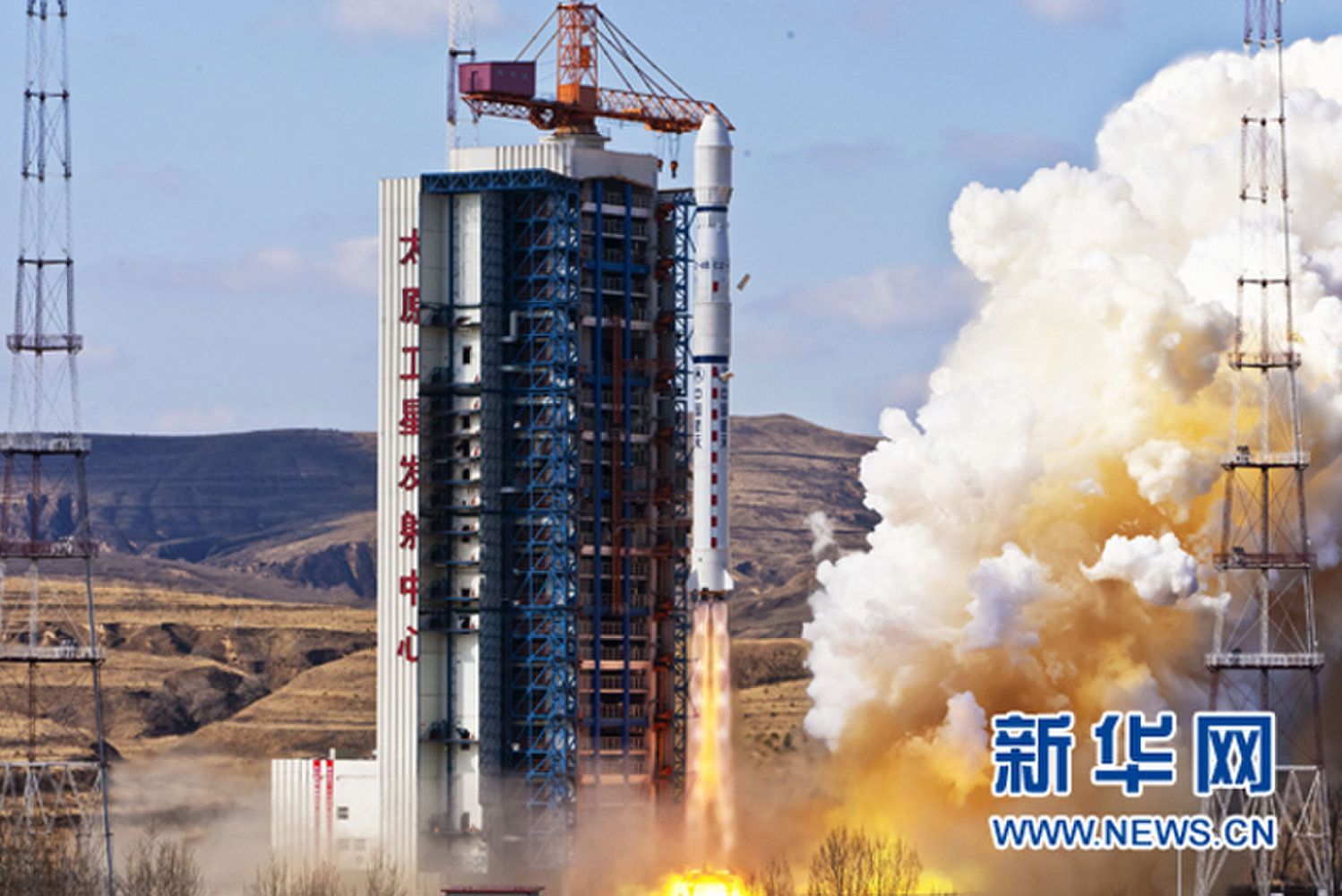
WASHINGTON — It should be no surprise that China is moving to challenge the United States for dominance in space, cyber, artificial intelligence and other key technologies that have wide national security applications. But the question that is still being debated is whether the United States is taking this threat seriously.
This may not be a Sputnik moment, but the United States could soon be unpleasantly surprised as China continues to shore up its domestic capacity to produce high-end weapons, satellites and encryption technologies, a panel of analysts told the House Armed Services emerging threats and capabilities subcommittee.
At the Tuesday hearing, Subcommittee Chairman Rep. Elise Stefanik, R-N.Y., said lawmakers are not entirely convinced that China’s dominance in many technology sectors is a “foregone conclusion.” But the committee does believe that China’s technological accomplishments should inform U.S. policies and defense investments. [The Most Dangerous Space Weapons Concepts Ever].